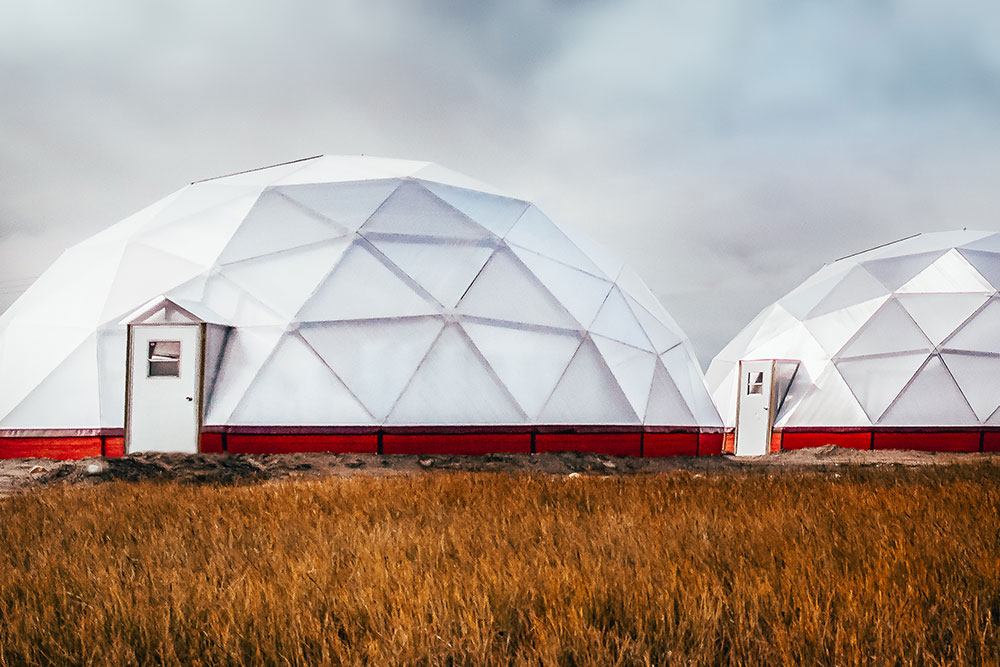

In August of 2021, we worked with the Lax Kw'alaams Wap Suwilaawksa (previously known as Coast Tsimshian Academy) and Lax Kw’alaams community to build their own 42’ Growing Dome greenhouse.
Lax Kw’alaams is a small community located on the Northwest coast of British Columbia, home to only 800 people. With the nearest grocery store in Prince Rupert being a 40-minute ferry ride and 20-minute drive away, resources are very limited in the community.
The ferry runs twice a day and costs $64 round-trip. Since Prince Rupert is at the end of the line, once you make your way to the grocery store, you will find the food is not great quality and is often spoiled.
Although there are challenges with imported food, the community can survive successfully from what they have available to them in the ocean. Many community members are grateful they can readily go fishing to fill their dinner table! There are several fishing programs available to the community, in which local fishermen are hired to supply fresh food to those who don’t have the ability to harvest on their own.
Considering the unique methods employed to feed the community, Kayli Koep, a teacher at Lax Kw'alaams Wap Suwilaawksa, decided to educate her students on food security. Kayli explained how disruptions to the food supply chain reveal how self-sufficient communities truly are, although the students were having a hard time fully understanding the concept.
Then, the COVID pandemic was declared. The ferry service shut down.
“This meant residents were not allowed to leave the village to travel to Prince Rupert except for emergencies,” Kayli explained, “in the end, I spent four months here without leaving. It was a very challenging time for many reasons.”
Community members no longer had the freedom to go get their own food, rather the food was brought over to them in whatever capacity and quality that was available. This is when a deeper understanding of food insecurity kicked in for the students.
“While I was incredibly grateful to the band for supporting the community during the lockdown, adjusting to zero control over my ability to nourish myself was challenging,” said Kayli. The driving force for looking into a large greenhouse was the unpredictability of the pandemic and figuring out how to maximize the opportunity to grow food.
Kayli began thinking about how a greenhouse could be built into the school curriculum, and she started the conversation with her students. After the Grade 11 Food Studies class determined the existing greenhouse in the community was too small to provide enough food, the students decided to petition for the community to get a larger greenhouse.
As a class, they researched what their options were and eventually settled on working with us at Green Iglu. From there, the students determined what exactly would best serve the community and made a ‘greenhouse checklist’ to determine a suitable location. With the Lax Kw’alaams Band, the class looked at all the potential sites to build a greenhouse. Together, they landed upon a location on school property that checked all the boxes!
Then, the students planned how to communicate the project's potential with the community. “What I wanted was for the kids to become the experts; be able to talk about the numerous ways that a larger greenhouse would benefit Lax Kw'alaams, and to share their vision and excitement with the rest of the community,” said Kayli. The students drew upon various skills throughout the process and even went as far as to develop detailed plans for community engagement sessions and fundraisers. These events could not be carried out due to Covid restrictions, but the students learned a lot throughout the experience. Ever since the project was approved, the students' enthusiasm has skyrocketed.
“When it was actually being built, we had tons of kids out there actually helping hammer a nail, move lumber,” Kayli explained, “We had kids coming by on weekends to help out. They were just super excited to be a part of this project.”
Now that the dome has been built, Kayli is looking forward to ideas flourishing and food sovereignty topics coming full circle once the dome is in full production. The greenhouse will be worked into the school curriculum in various ways, and it will also be another space for community members to be connected with the school.

“My hope is that as we become more self-sufficient, we will promote sustainable practices and food sovereignty that aligns culturally with traditional First Nations practices.”
To follow along with the Lax Kw'alaams Wap Suwilaawksa and Lax Kw’alaams community’s work with the greenhouse, be sure to check out the Lax Kw'alaams Growing Dome Facebook Group.
Thank you Lax Kw’alaams for choosing us to be a part of your food sovereignty journey. We can not wait to see all you accomplish within and outside your greenhouse!
Images provided by the students at Lax Kw'alaams Wap Suwilaawksa








